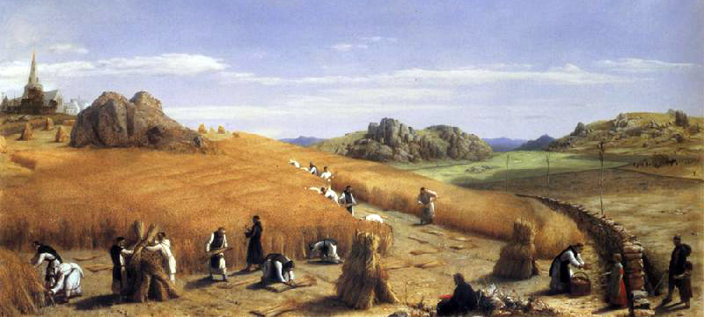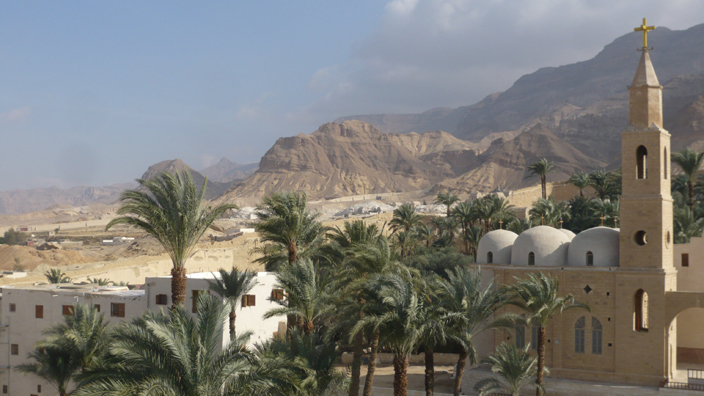The Defining Features of the Benedictine Order
An Autonomous Community
One of the distinguishing features of the Benedictine Order is the idea of living for God as a community. Each monastic community is autonomous, with its superior – who takes the place of Christ as leader of the community – applying the Rule of Saint Benedict in the manner that they see fit.
The Benedictine Vow
The monastic vow of the order summarises the way Benedictine monks live:
- Obedience (to the superior)
- Stability (therefore remaining in the same monastery)
- Conversio Morum (changing the way one lives)
St Benedict’s motto was Ora et Labora (prayer and work).

Laborare Est Orare (to work is to pray), detail of a nineteenth century painting by John Rogers Herbert, showing Benedictine monks at work.
The Benedictines: Impact and Inspiration
The significance of the Benedictine Order is that it led to the flourishing of the great western monastic tradition, with the Rule of St Benedict constituting the framework to guide monastic life. Christian monasticism itself is older, formally dating back to the 3rd century AD, to Saint Anthony of Egypt and, before that, to the monks of the desert, who may have been inspired by the forty days that Jesus spent in the wilderness.
Monasticism: A Living Martyrdom
Christian monasticism involves the dedication of one’s life to God. It is thought to have developed as a form of living martyrdom, the martyrdom of the ascetic life, as a substitute for the martyrdom of persecution that many early Christians faced as minorities in pagan states, but which ceased once Christianity was legalised and became the state religion of the Roman Empire in the fourth century under the Emperor Constantine.

The Monastery of St Anthony in the Eastern Desert in Egypt.

